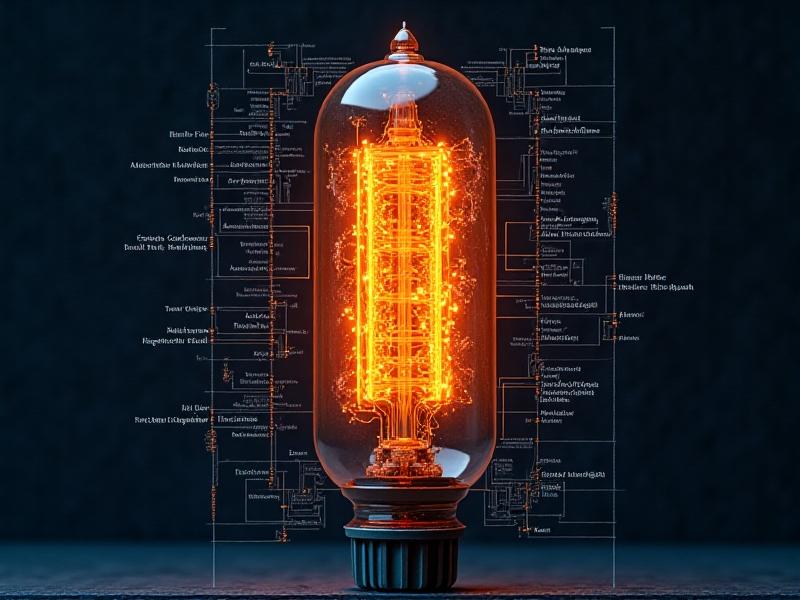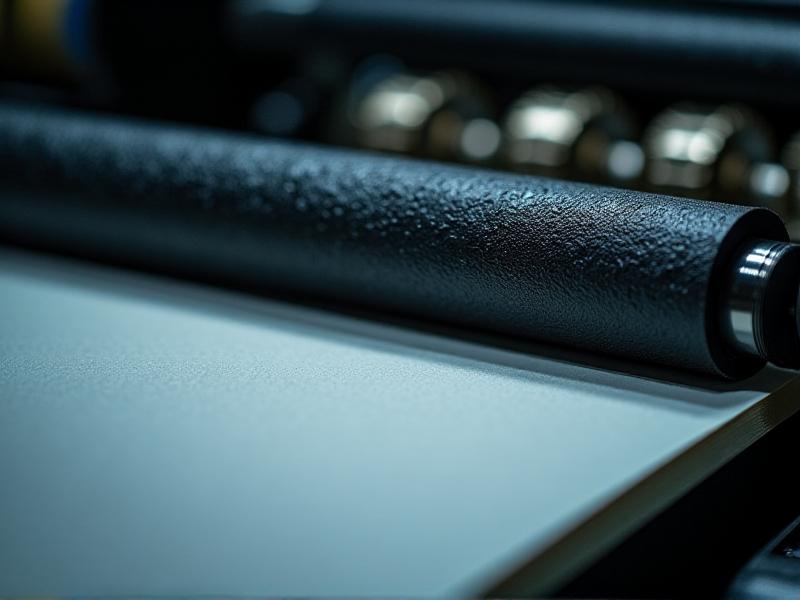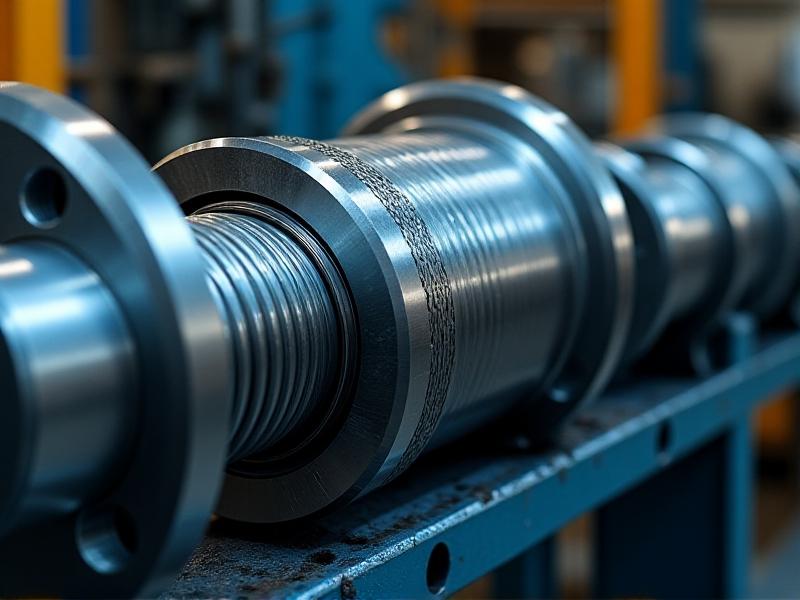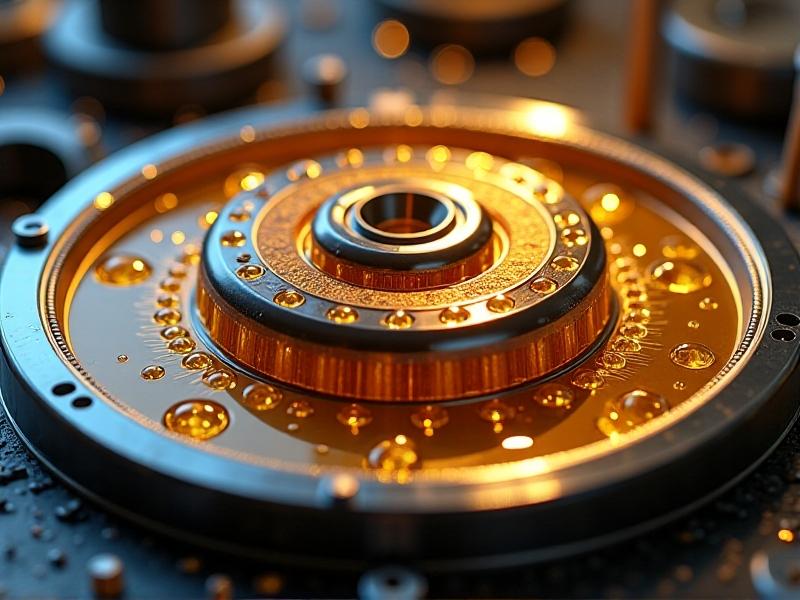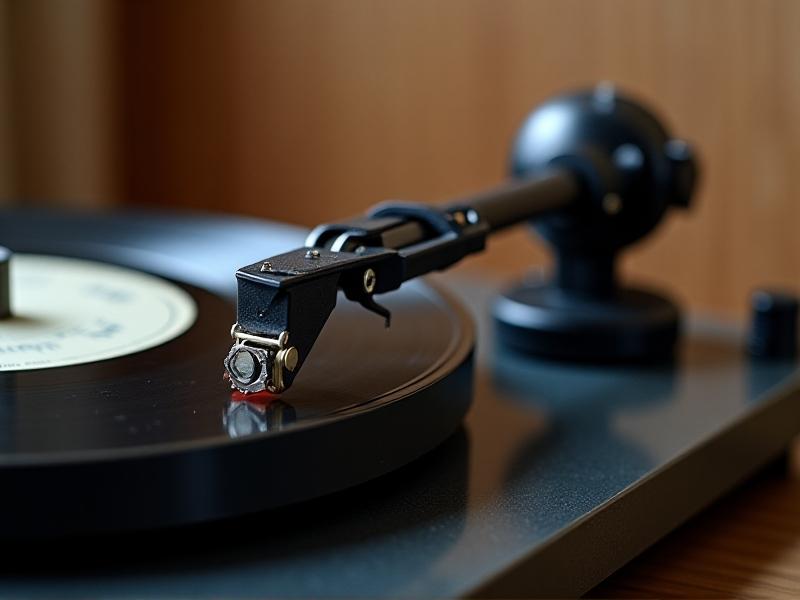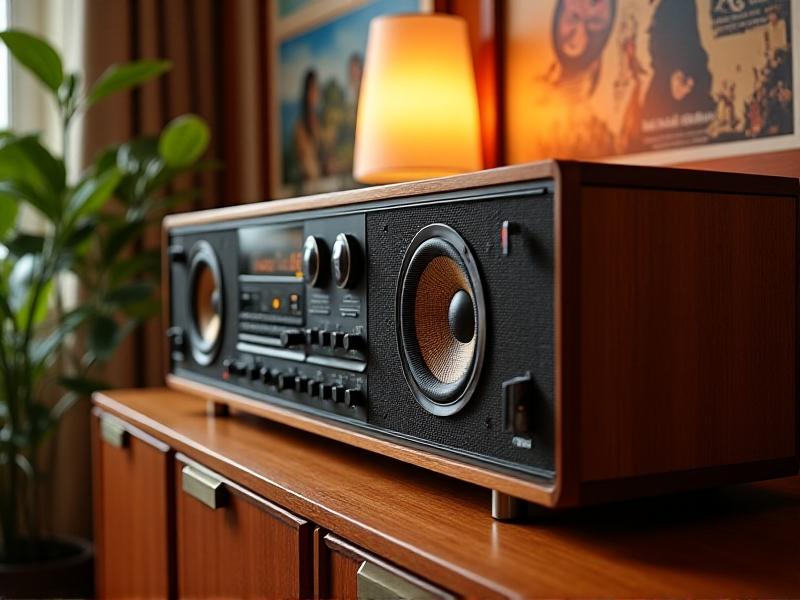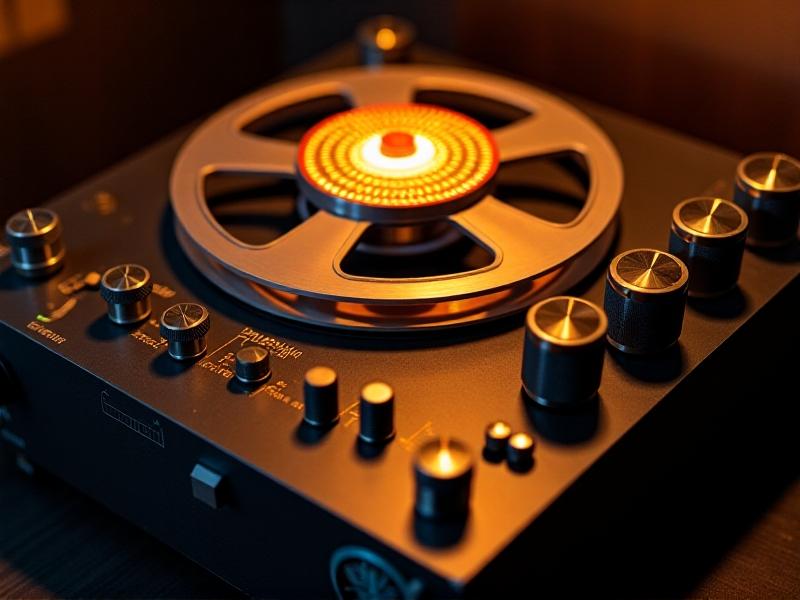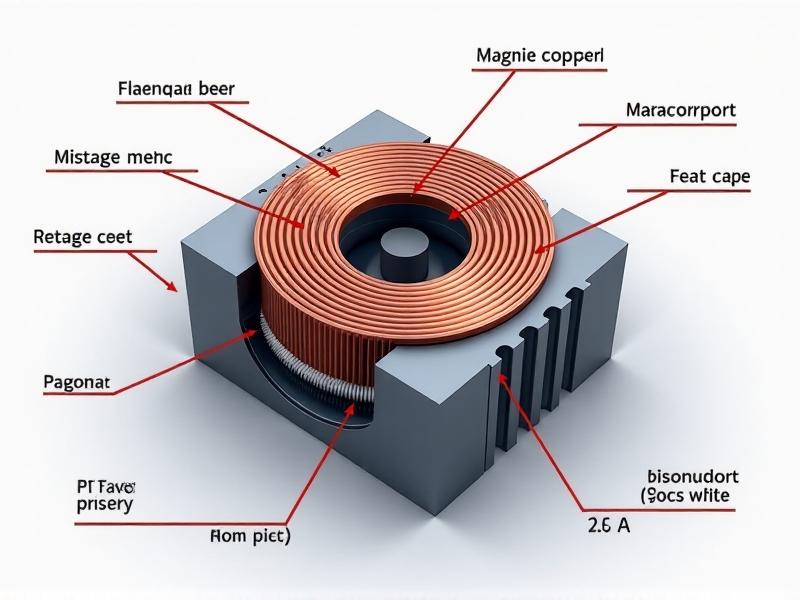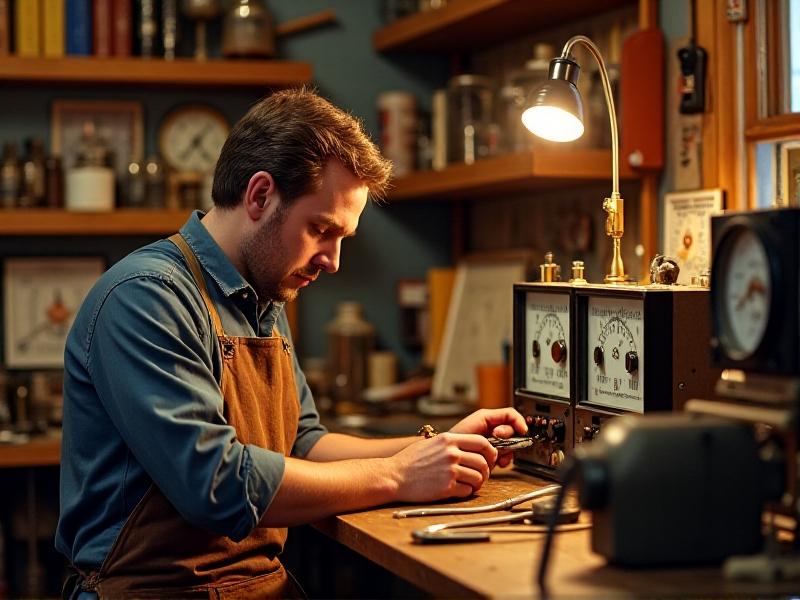Vintage Crossover Network Recapping
What is a Vintage Crossover Network?
Vintage crossover networks are electronic components used in classic speakers to split audio signals into distinct frequency ranges, directing them to specialized drivers like woofers, tweeters, or midrange units. Common in mid-20th-century audio systems, these networks rely on capacitors, inductors, and resistors to shape sound. Over time, their components degrade, leading enthusiasts to "recap" them—replacing worn-out parts to restore original audio fidelity.
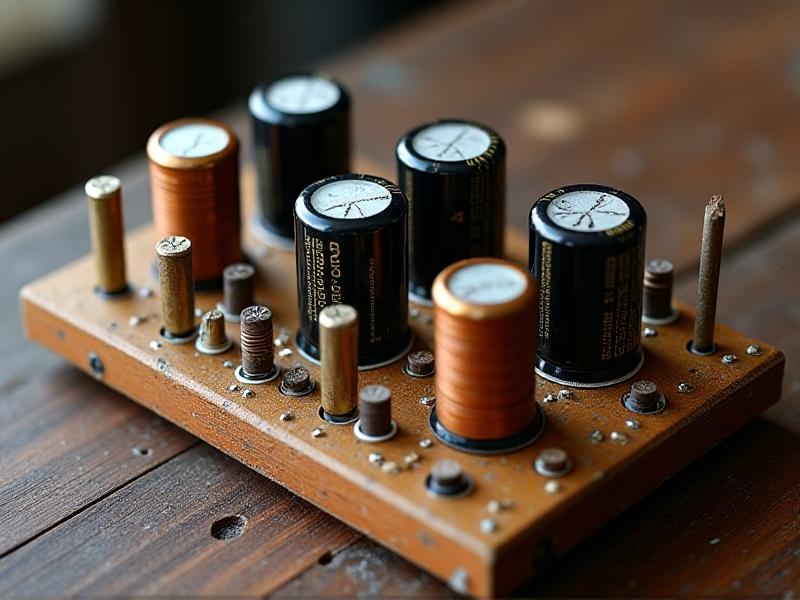
The Evolution of Crossover Networks in Audio History
From the 1930s to the 1980s, crossover networks evolved alongside speaker technology. Early designs used basic first-order filters, while later models incorporated advanced materials like polypropylene capacitors. Brands like Altec Lansing and JBL pioneered high-performance crossovers for theater and home systems. Their innovations laid the groundwork for modern audio engineering, making vintage units prized for their analog warmth.
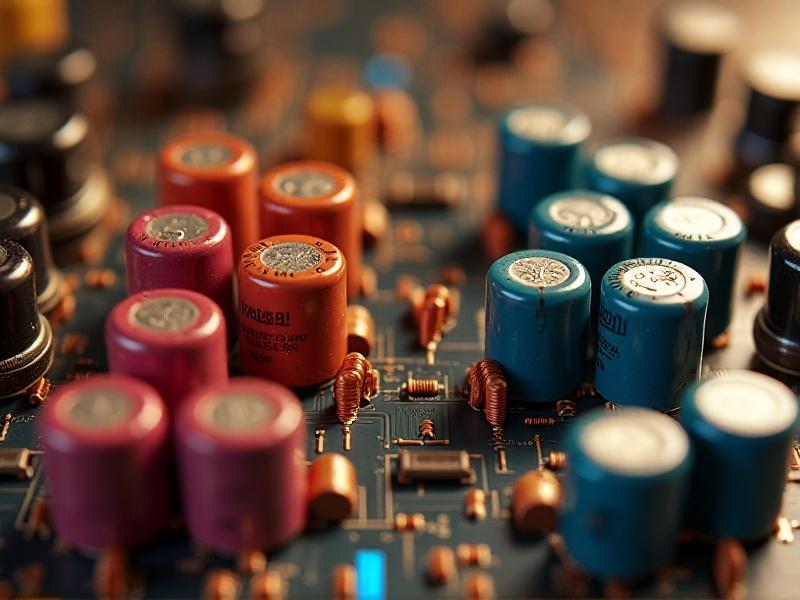
Why Recapping Vintage Crossovers Matters
Electrolytic capacitors, common in vintage crossovers, dry out or leak over decades, causing distorted audio or driver damage. Recapping preserves historical equipment and unlocks nuanced soundscapes lost to aging components. Enthusiasts often report revitalized bass response and crisper highs post-restoration, arguing that well-maintained analog systems rival modern digital alternatives.

Step-by-Step Guide to Recapping a Vintage Crossover
Begin by documenting the original layout with photos. Desolder old capacitors, noting their values (e.g., 4µF, 8Ω). Install high-quality replacements—film capacitors for longevity—ensuring polarity matches. Test the network with a multimeter before reassembly. Patience is key: rushing risks damaging fragile solder pads or misaligning frequency curves.
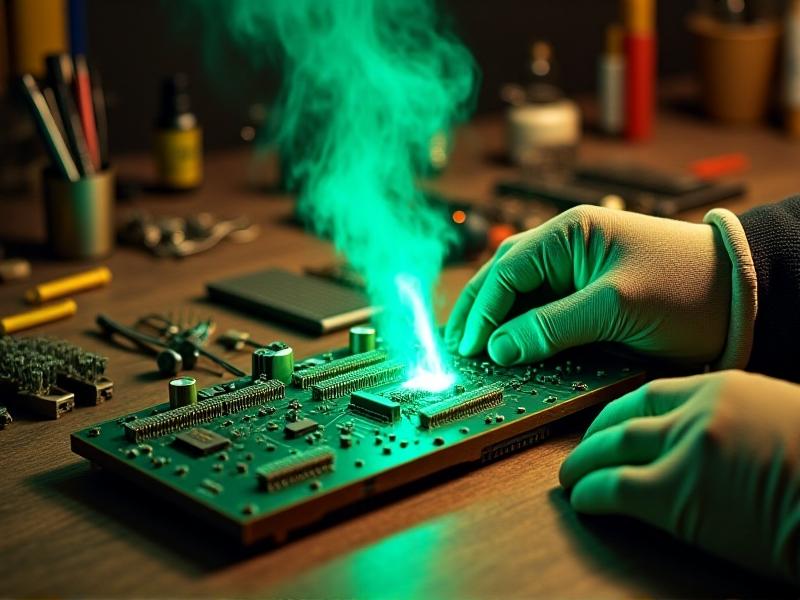
Essential Tools and Materials for Recapping
A temperature-controlled soldering iron, desoldering braid, and flux are indispensable. Use film capacitors from brands like Mundorf or Jantzen for reliability. For rare values, parallel-wire multiple capacitors. Safety glasses and ventilation mitigate risks from fumes or lead exposure. A component tester helps verify tolerances pre-installation.
Common Challenges and How to Overcome Them
Faded component labels and non-standard values complicate replacements. Cross-reference schematics from manufacturer archives or enthusiast forums. If inductors are damaged, measure their resistance with an LCR meter. For stubborn solder joints, apply low-melt alloy to ease removal without overheating vintage PCBs.
Case Studies: Successful Vintage Crossover Restorations
A 1972 Klipschorn crossover, riddled with drifted capacitors, regained its symphonic clarity after recapping with polyester films. Another project involving a 1960s Tannoy Dual Concentric saw a 15% improvement in midrange linearity. These successes highlight how meticulous restorations can elevate classic systems to reference-grade performance.
The Future of Vintage Audio and Crossover Networks
As analog revivalism grows, manufacturers like Rega and Pro-Ject cater to retro enthusiasts with capacitor kits. 3D printing now replicates obsolete crossover housings, while online communities democratize restoration knowledge. Far from obsolete, vintage networks inspire hybrid systems blending analog crossovers with DSP tuning—a bridge between eras.
